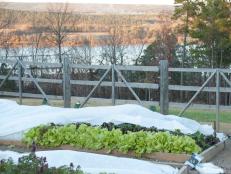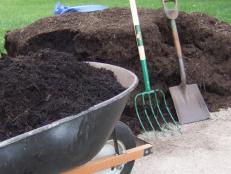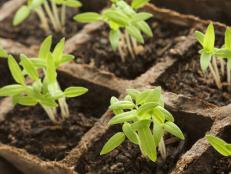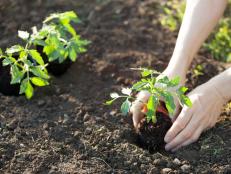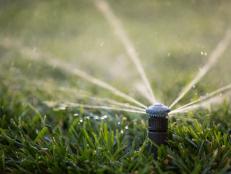Frost Heave

Heaving, or frost heave, occurs when soils are subjected to alternate periods of freezing and thawing. It can be so severe that plants are literally shoved out of the ground. According to master gardener Paul James, heaving is most common during late winter or early spring when there is abundant rainfall and varying temperatures.
Heaving can occur in all soil types, but it is more prevalent in soils that don't drain well, especially soils containing a high percentage of clay. Soils that retain moisture (like clayey soils) expand when they freeze and, in the process, create an upward pressure that literally lifts the soil.
To prevent heaving, James suggests improving soil drainage by adding compost or another form of organic matter. He also recommends adding insulation to the soil surface, especially during the peak heaving season. The best insulation is shredded wood mulch. Spread a three- to four-inch layer of mulch around--but not quite up to--the base of the plant. Of course, if you live in an area of the country where significant snowfall is common, then heaving shouldn't be a problem since snow is an excellent insulator. In fact, one foot of snow will insulate the soil to the equivalent depth.








